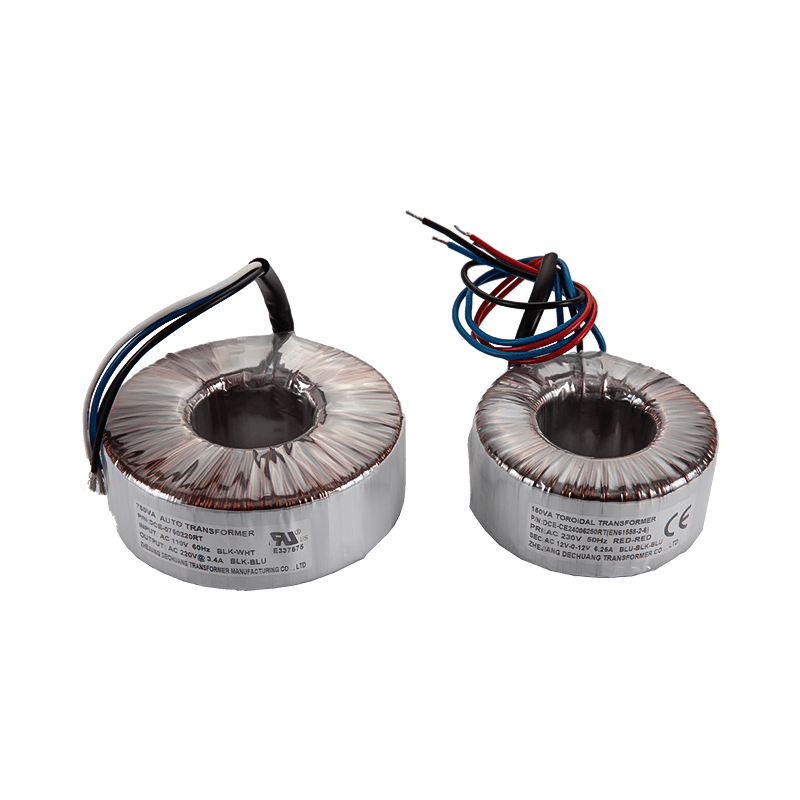

Knock on the key point - the working principle of small […]
Knock on the key point - the working principle of small transformers!
The working principle of the small power transformer has been touched in our high school textbooks. It is one of the crystallizations of human wisdom, which represents that human beings use electric current to transform all aspects of our daily life. Let's take a look at how it is achieved~
The transformer can only input AC voltage, the AC voltage is input from both ends of the primary winding of the transformer, and the AC voltage is output from the secondary winding.
After the AC voltage is input to the primary winding, there is AC current in the primary winding, and an alternating magnetic field occurs in the primary winding. Most of the magnetic field lines of the magnetic field are formed by the iron core.

Since the secondary winding is also wound on the iron core or the magnetic core, the changing magnetic field lines pass through the secondary winding, and an induced electromotive force is generated at both ends of the secondary winding. The magnitude of the voltage generated by the secondary winding is different from the input voltage (if it is a 1:1 transformer, the voltage is the same), and its frequency and variation are the same as the input AC voltage. This is the fundamental working principle of the transformer: according to the principle of electromagnetic induction, when a conductive object is in a changing magnetic field, a current can be induced in the conductive body.
There is a special parameter for the transformer to change the voltage: the transformation ratio. The transformation ratio of a transformer indicates the relationship between the number of turns of the primary winding and the number of turns of the secondary winding of the transformer.
From the transformation ratio, it can be seen that a transformer is a step-up transformer or a step-down transformer, or a 1:1 transformer.
Transformer ratio = the number of turns of the primary winding / the number of turns of the secondary winding.
If the transformation ratio is less than 1, it is a step-up transformer, indicating that the number of turns of the primary winding is less than the number of turns of the secondary winding.
A transformer with a transformation ratio greater than 1 is a step-down transformer, indicating that the number of turns of the primary winding is greater than the number of turns of the secondary winding.
The small transformer has its unique use, and the small size makes it appear in the details of our lives. Let us make full use of it to create more value!
Zhejiang Dechuang Transformer Manufacturing Co., Ltd.